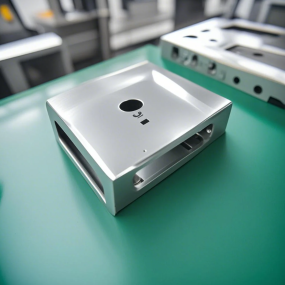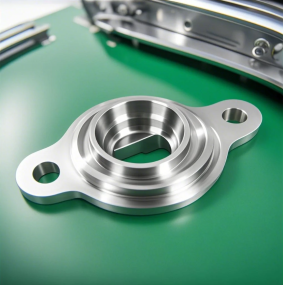Precision Sheet Metal Processing often requires multiple processes and complex machining procedures during the manufacturing process, and damage is a common problem. Reducing the degree of damage in precision sheet metal processing requires comprehensive consideration from the following aspects:
1. Design rationality: In the product design stage, it is necessary to consider whether the structure of the product is reasonable and whether it is easily affected by external forces and may cause damage. When designing, factors such as product stress and process requirements should be considered to avoid damage caused by vulnerable parts or uneven stress.
2. Material selection: Choosing high-quality materials is crucial for reducing the degree of damage. High quality materials have high strength and hardness, which can effectively resist external damage. At the same time, the brittleness and toughness of the material should also be considered to avoid damage during processing due to material properties.
3. Process control: Optimize production processes, arrange processing sequences and methods reasonably, and avoid damage caused by improper processing. During processing, attention should be paid to controlling parameters such as processing speed, tool angle, and cutting depth to ensure that the product is not damaged during the processing.

4. Equipment maintenance: Keep the processing equipment in good condition, regularly inspect and maintain the equipment to ensure stable operation and avoid damage caused by equipment failure. Timely replace severely worn cutting tools to ensure machining quality.
5. Quality inspection: After processing, strict quality inspection of the product is required to ensure that it meets the design requirements. Timely identify and correct problems to avoid product damage caused by quality issues.
6. Employee training: Strengthen technical training for employees, improve their technical level and sense of responsibility, and reduce damage caused by improper operation. Employees should have good processing skills and safety awareness to ensure that accidents do not occur during the operation process.
In summary, reducing the degree of damage in precision sheet metal processing requires comprehensive consideration from multiple aspects such as design, materials, processes, equipment, quality inspection, and employee training, in order to comprehensively improve processing quality and efficiency and achieve the goal of reducing damage.


 Spanish
Spanish Arabic
Arabic French
French Portuguese
Portuguese Belarusian
Belarusian Japanese
Japanese Russian
Russian Malay
Malay Icelandic
Icelandic Bulgarian
Bulgarian Azerbaijani
Azerbaijani Estonian
Estonian Irish
Irish Polish
Polish Persian
Persian Boolean
Boolean Danish
Danish German
German Filipino
Filipino Finnish
Finnish Korean
Korean Dutch
Dutch Galician
Galician Catalan
Catalan Czech
Czech Croatian
Croatian Latin
Latin Latvian
Latvian Romanian
Romanian Maltese
Maltese Macedonian
Macedonian Norwegian
Norwegian Swedish
Swedish Serbian
Serbian Slovak
Slovak Slovenian
Slovenian Swahili
Swahili Thai
Thai Turkish
Turkish Welsh
Welsh Urdu
Urdu Ukrainian
Ukrainian Greek
Greek Hungarian
Hungarian Italian
Italian Yiddish
Yiddish Indonesian
Indonesian Vietnamese
Vietnamese Haitian Creole
Haitian Creole Spanish Basque
Spanish Basque











